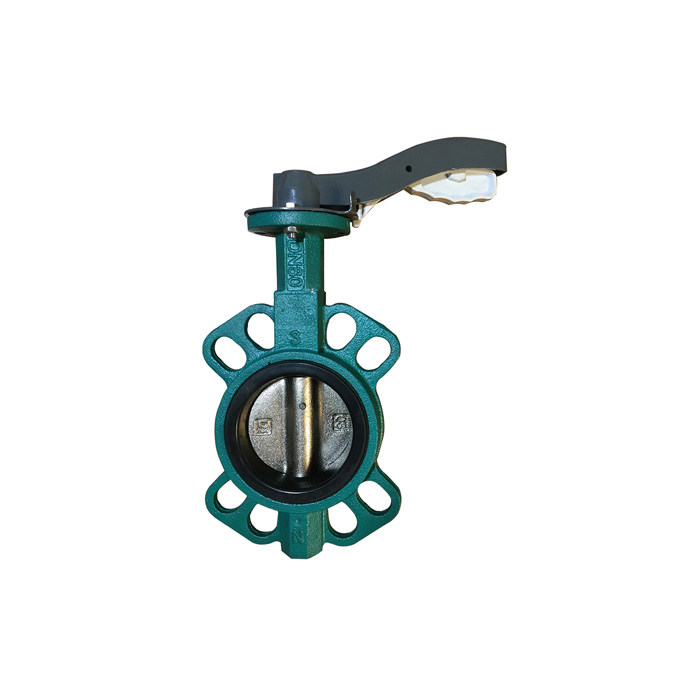What Is a Globe Valve And When Is It Made Use Of?
Globe valves are run with a handwheel and also regulate water circulation. However, they also create greater pressure loss.
Choosing the right valve is necessary, as different kinds have different functions as well as usages. A few of them only have 2 states: open or closed. Others enable fluid circulation and pressure to be modulated. Distinctive valves also cause various amounts of stress loss. Depending on the circumstance, particular features are required.
One of the most common types of valves is the globe valve. In this short article, we explain how globe valves function, including their benefits and downsides.
What is a globe valve, and also how does it work?
To decide if a globe valve is right for your application, consider its 3 core features. Initially, the side activity valves, which indicate they open or close based on the up-and-down movement of a stem. Second, they allow, quit, or throttle liquid circulation. Some valves have only open and also shut states, but globe valves can strangle flow without completely stopping it. Third, they create substantial head losses contrasted to various other valves, a tradeoff for the throttling services.
Just how globe valves work
From the outside, globe valves have three components, a handwheel, a hood, and a body. The bonnet houses a stem, as well as when the handwheel is turned, the stem mess up and down in the bonnet. The end of the stem has a small element called a disk or plug, which can be metallic or non-metallic and may be available in different forms, depending on the need.
Among the main advantages of globe valves is their ability to strangle or regulate flow. Besides being closed or open, they can additionally be partly open. This permits you to change circulation without completely quitting it.
The major downside of globe valves is the comparatively significant head loss they develop. Head loss, also called stress loss, refers to the amount of resistance fluid experiences as it flows through pipelines. The more resistance, the more stress that is lost. Gravity, friction (of the liquid versus the walls of the pipe), and also turbulence all cause this loss. Valves and fittings cause pressure loss mainly through turbulence.
Globe valves force fluid to transform instructions as it travels through, producing loss and turbulence. The exact quantity of loss relies on factors like liquid rate and rubbing variable. Nevertheless, it's still possible to review the pressure losses from various valves utilizing a metric called the L/D coefficient.
When to utilize globe valves
Globe valves are optimal whenever you need to modulate flow, yet you do not have to stress over the amount of stress loss. Some applications include:
Air conditioning water systems
Fuel oil systems
Feedwater and also chemical feed systems
Generator lubricating oil systems
Drain pipes and also cut applications in fire sprinkler or various other water-based fire security systems
Globe valves aren't the best selection for control valve applications in fire sprinkler systems, where pressure goes to a premium. Rather, butterfly valves are frequently used.

Copyright © Hebei Yaosheng IM & EX Trading Co.,Ltd. All Rights Reserved |Sitemap | Technical Support: 
